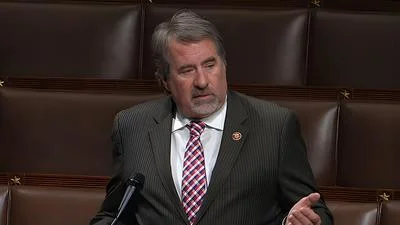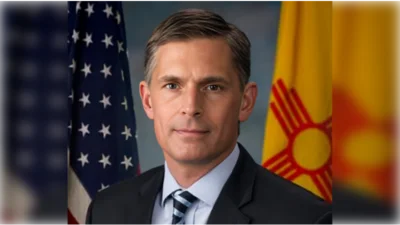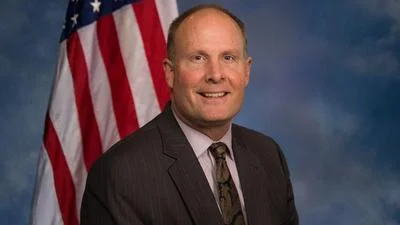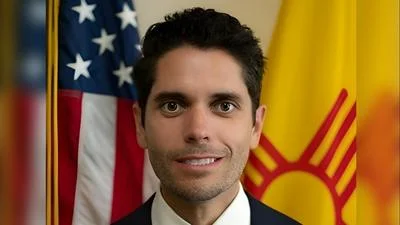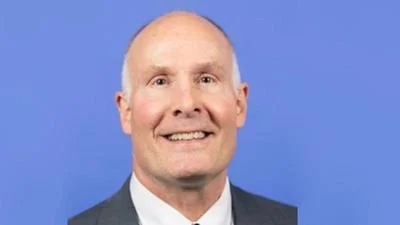A CATO Institute policy forum panelist argued that framing the war on drugs as an actual war and passing legislation proposed by Rep. Dan Crenshaw (R-Texas) and Rep. Mike Waltz (R-Florida) to authorize the use of military force will make it more likely that a future president would use that authority. The CATO Institute hosted an event on Aug. 18 to discuss using the U.S. military to counter the illegal flow of fentanyl into the nation.
"The danger in these framings, the danger and measures that cast the war on drugs as an actual war and task Use of Military Force as an appropriate policy tool is like the rhetoric we hear on the campaign trail about using force against cartels, doing the drone strikes blockades, or shooting suspected drug traffickers," said Brian Finucane, senior adviser for the U.S. Program of the nonprofit Crisis Group. "They normalize the idea that the use of military force is an appropriate policy response to this crisis, and then make it more likely that a future president will actually use that authority."
Recent legislation proposes that drug cartels at the border should be designated as “Foreign Terrorist Organizations,” according to the CATO Institute. This designation could be used to authorize military deployment to counter the nation's ongoing Fentanyl Crisis, a response reportedly supported by several Republicans. The impacts and consequences of military involvement in the situation is worth discussing according to the CATO Institute.
Guadalupe Correa‐Cabrera, a George Mason University professor on the panel, said that when Mexico began to militarize under the umbrella of the Mérida Initiative, a security cooperation agreement between the U.S., Mexico and several Central America countries to combat drug trafficking, the number of homicides began to increase exponentially.
"From 2007 to today, we have more than 350,000 homicides, some of them directly related to the militarization of the security strategy that today continues," Correa‐Cabrera said.
Militarization has received some support from the Mexican population, but criticism has risen from how many people have disappeared or died because of confrontations between the cartels and the military, Correa‐Cabrera said.
According to Correa‐Cabrera, not all cartels are dedicated to trafficking drugs and instead specialize in other crimes including extortion or kidnapping which could lead to confusion about who to go after. "It's going to be ... mass destruction because of the involvement of an army that does not understand the dynamics of what is happening or taking place in this country," Correa-Cabrera said.
Iowa Rep. Randy Feenstra said that the levels of fentanyl being brought into the United States are extreme enough to kill the entire population, according to a Federal Newswire article. Feenstra introduced a bill at the end of July to combat the fentanyl crisis dubbed the “Build the Wall and Fight Fentanyl Act.” The proposed legislation would authorize the use of assets confiscated from cartels to fund further construction of the border wall and to provide treatment services for those affected by fentanyl.
CATO Institute Senior Fellow Jeffrey A. Singer said that instead of military action, Congress could help counter the fentanyl crisis by setting up harm reduction services in communities. There are currently 147 government-sanctioned overdose prevention centers in 16 countries, including two in the United States operating in violation of federal law, but sanctioned by the city of New York. Results have shown that these centers have been effective in lowering the number of overdose deaths.
The CATO Institute’s is a public think tank that seeks to explore solutions to various problems through research and debates. The organization shares ideas and research through various outlets and aims to enact positive change.

